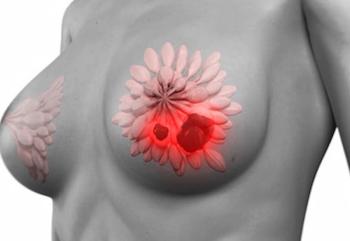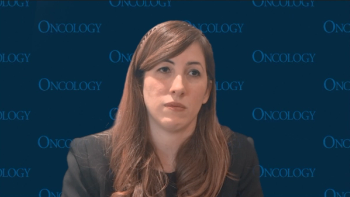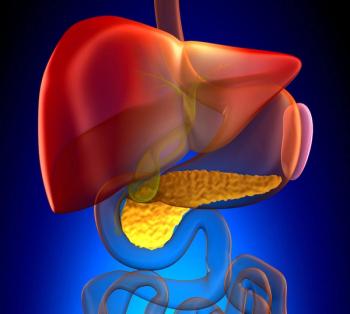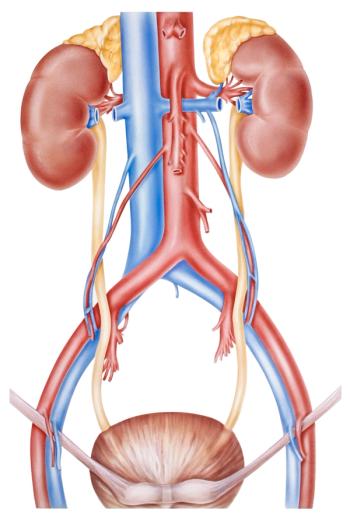
Oncology NEWS International
- Oncology NEWS International Vol 17 No 3
- Volume 17
- Issue 3
Imaging data transfer methods ‘chaotic and disjointed’
Some clinicians are so discouraged by nonstandard CD-ROMs generated at imaging centers they are calling on the radiology community to improve the way it transfers imaging data to referring physicians.
Some clinicians are so discouraged by nonstandard CD-ROMs generated at imaging centers they are calling on the radiology community to improve the way it transfers imaging data to referring physicians.
Douglas W. Blayney, MD, medical director of the University of Michigan Comprehensive Cancer Center, and ASCO president-elect, said the imaging community needs to improve its “chaotic and disjointed transfer methods.”
Clinician frustration stems from difficulties attempting to open CD-ROMs given to patients at imaging facilities to present to their physicians.
“As a clinical oncologist, I not only use diagnostic images to make treatment decisions but, most important, to demonstrate to my patients the effects of treatment on their tumors,” Dr. Blayney said in an interview. Almost every day, a patient brings him a CD-ROM with images from a recent CT, MRI, or PET scan, and he is unable to share the images with the patient, he said.
“Although most discs come with image viewing software as an executable file (.exe), our antivirus software prohibits us from loading executable files onto our desktop computers,” he said.
Dr. Blayney, who is also editor of ASCO’s Journal of Oncology Practice, said these snags interfere with patient care, slow him down, and distract from the time and energy he devotes to patients. He recently detailed his concerns with outside CD-ROMs (From the editor’s desk. J Oncol Pract 4[1]:1, 2008).
The standard for diagnostic image interchange is DICOM, yet many radiology clinics burn discs as JPEGs or in an otherwise proprietary format.
Richard K. J. Brown, MD, director of general clinical nuclear imaging at Michigan University Hospital, said that JPEG images may look good, but they do not contain the diagnostic depth that the DICOM format allows.
“My diagnostic radiology colleagues have taught me to adjust the window and level of images to bring out details in bone, soft tissue, and lung, but many of the proprietary formats we receive on CD-ROMs don’t allow for this type of interaction,” Dr. Brown said.
Dr. Blayney recommends that imaging centers burn data on CDs in DICOM format and that a DICOM viewer be included on the disc so clinicians can also view images on their home computer.
Eventually, he would like to see CD-ROMs eliminated altogether.
“I would like to get to a place where we exchange clinical data with the efficiency of the banking and travel industries,” Dr. Blayney said.
He noted that his financial institution lets him see not only his bank balances and portfolios but also, from the same screen, his transactions and valuations of mutual funds held with other companies.
“They also allow me to view images of handwritten checks without loading them onto my computer’s hard drive,” Dr. Blayney said. “This is a service I would like to see provided by my diagnostic imaging facilities.”
Articles in this issue
almost 18 years ago
Recentin headed to phase III in first-line colon caalmost 18 years ago
Topo 2 alpha test FDA approvedalmost 18 years ago
RFA provides sustained pain relief in osteoid osteomaalmost 18 years ago
Renal ca surgery often determined by doctors’ practice stylealmost 18 years ago
Partial nephrectomy underutilized for small renal tumorsalmost 18 years ago
Most older men with early-stage cancer can avoid treatmentalmost 18 years ago
SERM reduces ADT side effectsalmost 18 years ago
New serum biomarker appears to detect colon canceralmost 18 years ago
Hypofractionated IMRT does not increase sexual side effectsalmost 18 years ago
Surface mapping aligns patients for external beam PBINewsletter
Stay up to date on recent advances in the multidisciplinary approach to cancer.


















































































